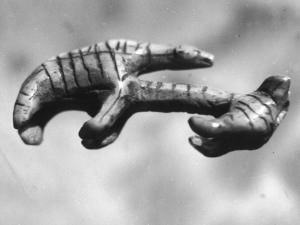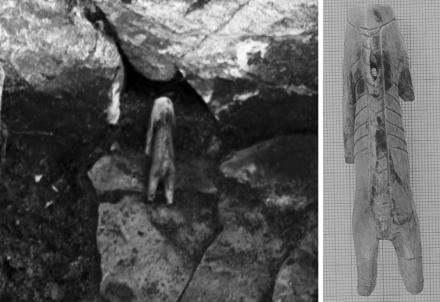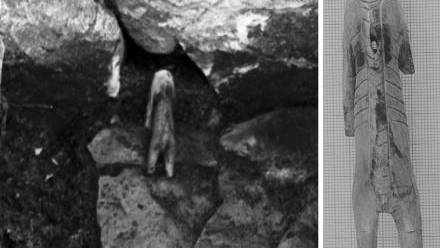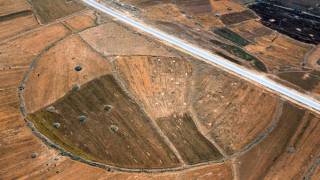Mysterious bear figurines baffle archaeologists
Source: sciencenordic.com
Small bear figurines have led researchers on the trail of hitherto unknown pre-Inuit rituals, indicating that these people practiced a bear cult. In the 1950s, the now diseased Danish archaeologist Jørgen Meldgaard made a mysterious discovery in northeastern Canada:
In the 1950s, the now diseased Danish archaeologist Jørgen Meldgaard made a mysterious discovery in northeastern Canada:A small, headless bear figurine, carved from a walrus tusk, was lying leaning up against the back wall of a stone fireplace in an old settlement. The bear had been positioned in a way that made it look as though it was ‘diving’ into the fireplace.
At the time, this little figurine didn’t cause much of a stir. It was just one out of a long series of discoveries that Meldgaard made during his field trips to the Igloolik region of Arctic Canada and Greenland in the 1950s and 1960s.
But when researchers at the Danish National Museum recently gained access to Meldgaard’s surviving diaries, records and photos, they realised that the discovery of the bear figurine was indeed quite sensational.
Humans and animals were close
 The walrus tusk figurine is only 3.4 cm in length and could be an important key to understanding how people more than 1,000 years ago understood the relationship between humans and bears. The figure is thought to have disappeared now, leaving today’s archaeologists with little more than Jørgen Meldgaard’s sketches and blurry photos. (Photo: The National Museum of Denmark) |
”The figurine provides us with information about some previously unknown 1,000-year-old rituals, which suggest that the Pre-Inuit, also known as the Dorset people, imagined that humans were related to certain animals in a way that’s very far from what we would imagine in today’s Western world,” says Ulla Odgaard, a senior researcher at the National Museum.
“Apparently, the Dorset people in Greenland and Canada didn’t see any antagonism between humans and animals,” she adds.
“Humans were not superior to animals; rather, it was a symbiotic co-existence. Bears and other animals functioned as mediators between mankind and the world of spirits.”
The Dorset way of thinking is also known from other early cultures
In other words, the finds reveal a belief in which animals – bears in particular – are our brothers, whose lives blend in with our own.
[...]
Read the full article at: sciencenordic.com
ScienceNordic.com is an online magazine with easily digestible science news stories from the Nordic region. You’re welcome to subscribe to our daily newsletter here.






















